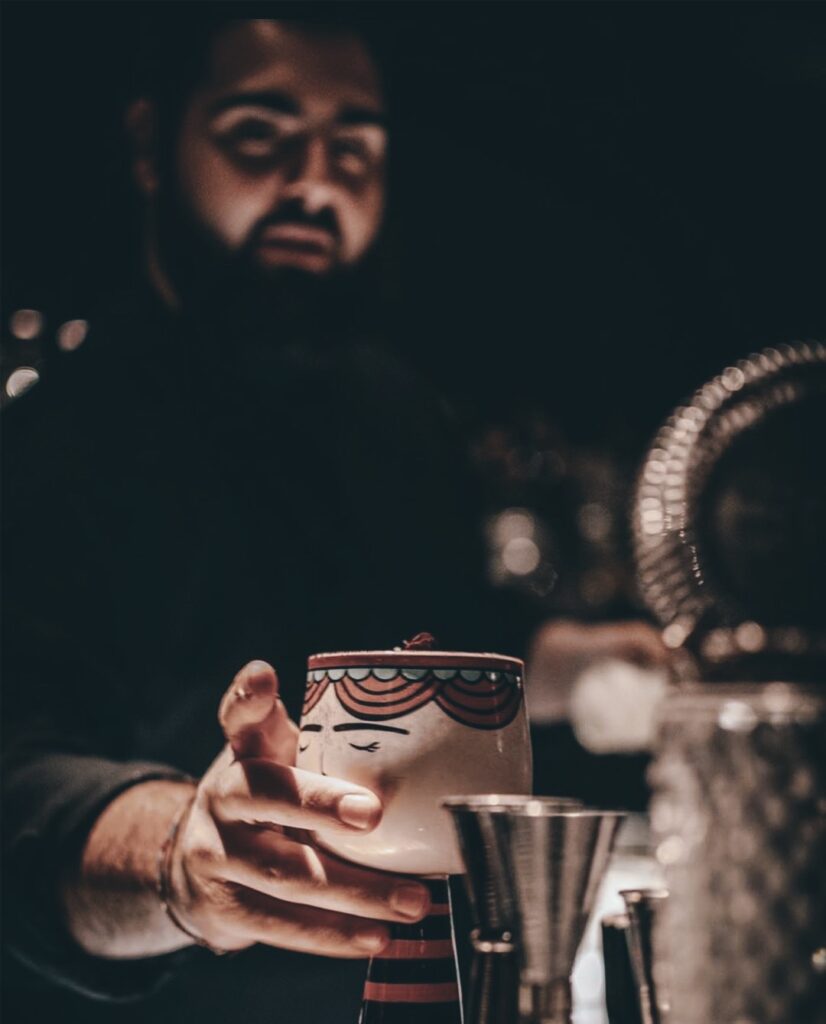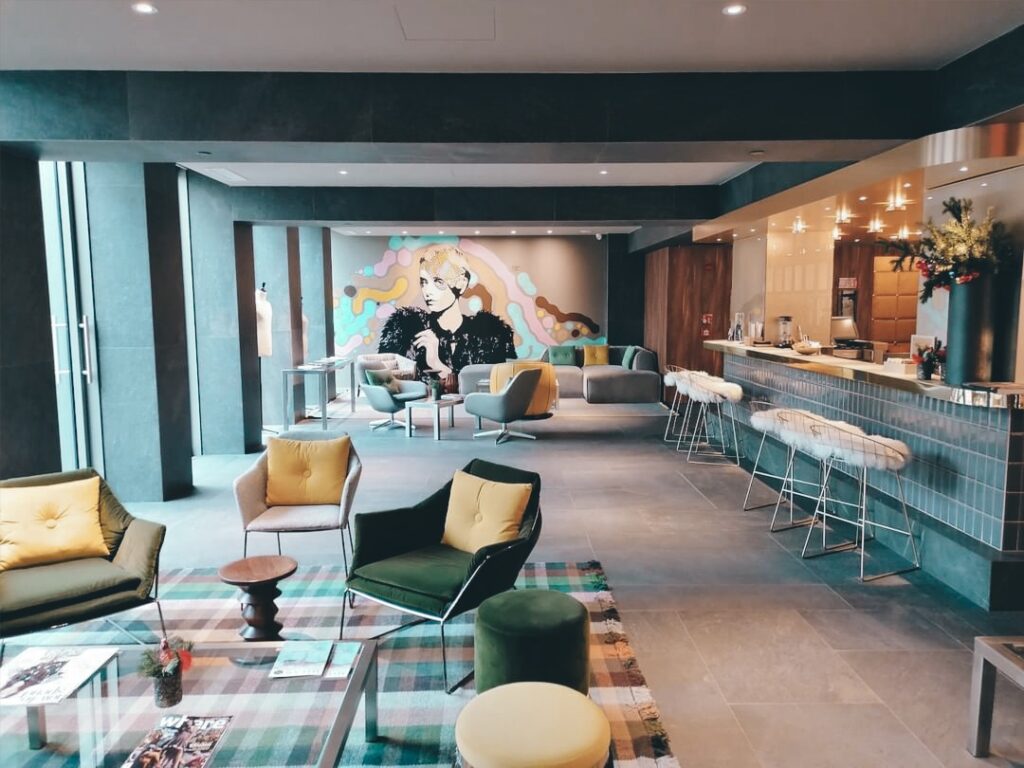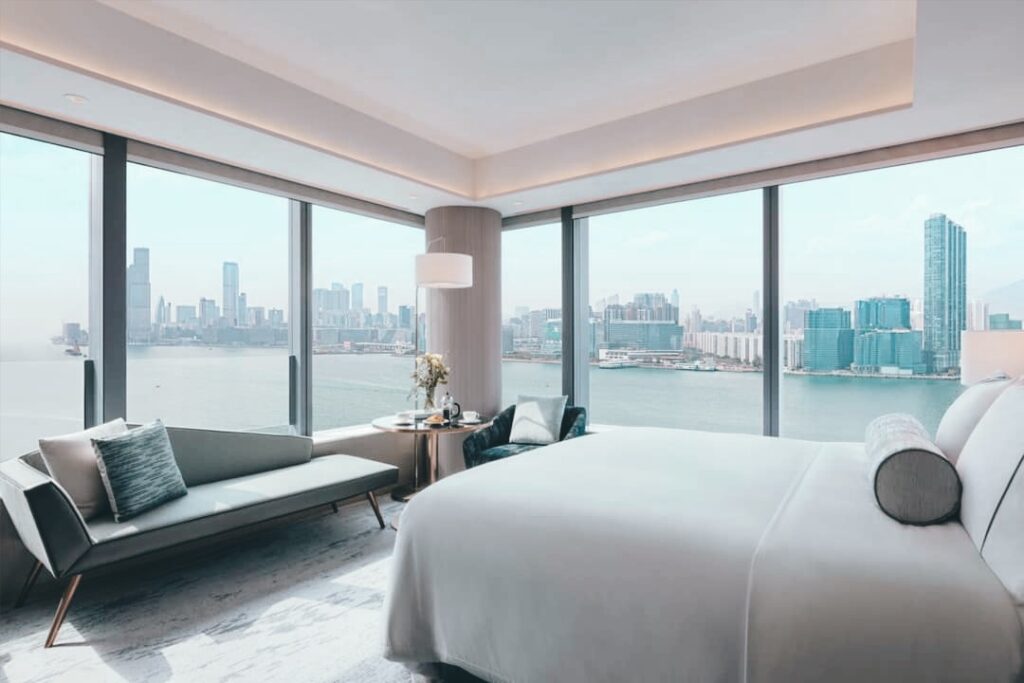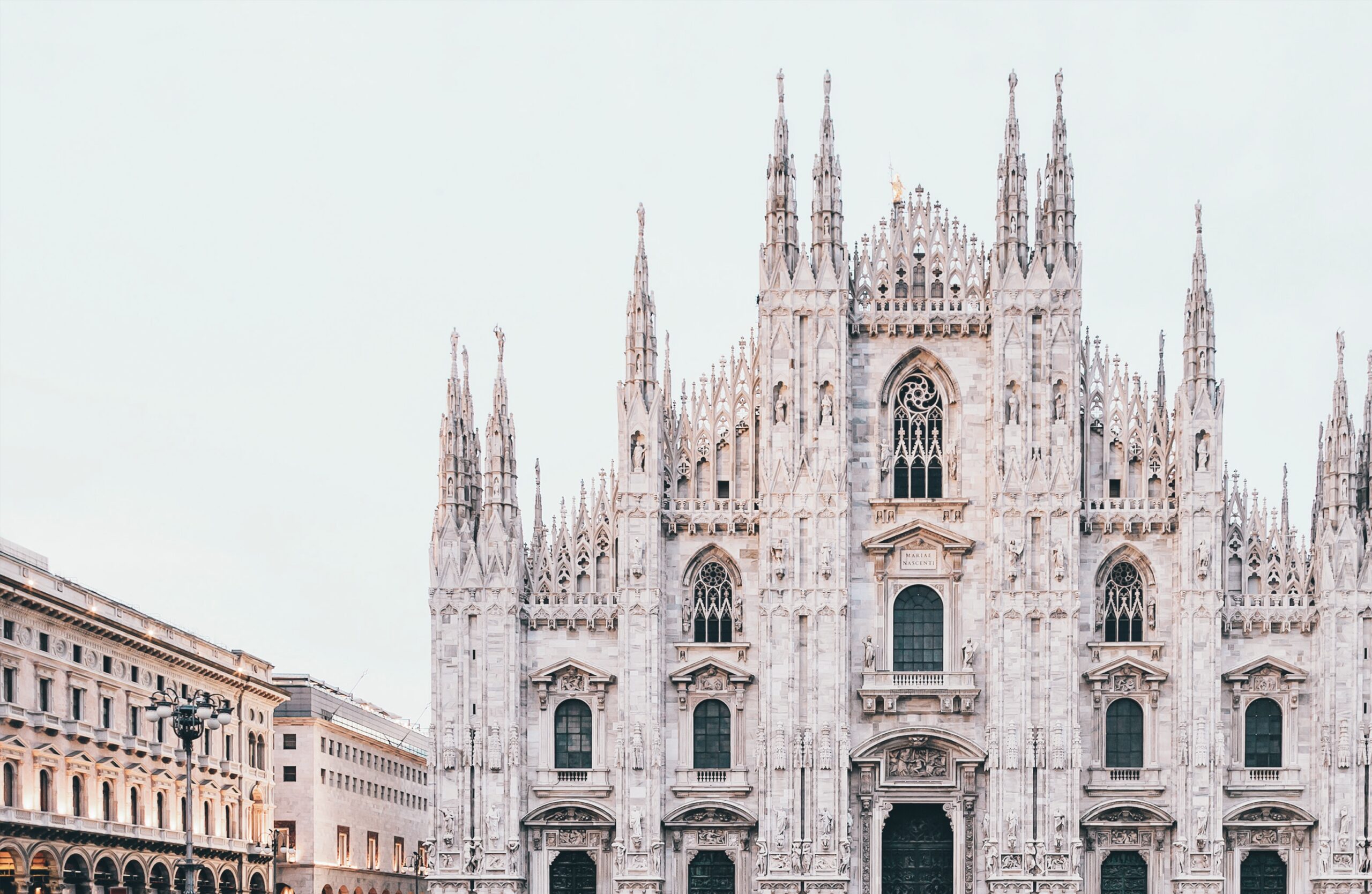Travelers headed to Italy often overlook Milan. When you’re competing with destinations such as Rome, Florence, and Venice, it can be difficult to stand out. And in the land of dolce far niente, the buzzing commercial and financial capital of the country may not fit the typical idea of an Italian holiday. Those who visit Milan, however, will find opportunities to experience the best of Italian culture, many of the country’s top restaurants, and a decidedly cosmopolitan attitude. Whether you are headed to Milan for a city break of a few days or using it as the starting point for a longer Italian vacation—perhaps adding on Lake Como, the Italian Alps, or Venice—you’ll find a city that is about much more than simply business.
Eat
The term Italian cuisine blurs many regional differences, and Italian cuisines, plural, would arguably be more accurate. In Milan, diners have the chance to explore one of the country’s richest regional styles of cooking. Lombardy is known for dishes built around butter and cheese, while beef, lamb, and other meats are more common than fish. Risotto and polenta are also central to the region’s cuisine. (Tomatoes, olive oil, and other ingredients that are fundamental to southern Italian cuisine are, on the other hand, not as common.)
One of Milan’s signature dishes, veal Milanese (or, in Italian, cotoletta alla Milanese), a close cousin of the Wienerschnitzel, reflects the similarities between Lombardian cuisine and that of nearby Austria. (And cooks in both Milan and Vienna can be vehement when it comes to insisting that their city should be credited with the invention of the breaded veal cutlet.) One of the best places to try veal Milanese, or chicken Milanese if you prefer it, is at La Cuccagna, a low-key, neighborhood osteria with reasonable prices. The menu also includes pastas and pizzas, if you are looking for a lighter lunch.
At the other end of the spectrum from the traditional home cooking of La Cuccagna, Carlo e Camilla in Segheria has been praised for its innovative and creative culinary attitude. Chef Luca Pedata, working under the direction of Carlo Cracco (a celebrity in Italy and host of MasterChef Italia), revises the seasonal menu roughly every six weeks and his dishes are known for their surprising flavor combinations—shiso, coffee, and cherry, for example, are some of the ingredients incorporated into different pasta sauces. The restaurant is also famous for its decidedly Italian sense of style and drama. It’s located in a former 1930s sawmill and the interior combines industrial chic with crystal chandeliers. Even if you don’t have dinner at Carlo e Camilla, drop in for a drink—the cocktail menu also changes regularly and the bartenders’ creations incorporate ingredients at their peak of ripeness.
Finally, make time to break for a pastry and coffee while exploring the city. Marchesi 1824 has been satisfying the sweet tooths of Milan residents for nearly two centuries—since 1824. While Prada bought the pastry shop in 2015, it was with the goal of preserving a Milanese institution and the original shop remains as it has for generations.

Bartenders at Carlo e Camilla in Segheria create innovative cocktails. Credit: Carlo e Camilla in Segheria 
Marchesi 1824 has been sweetening the lives of Milanese for almost 200 years. Credit: Marchesi 1824
Play
While Milan’s Roman ruins can’t compare with, well, Rome’s, and Florence’s collection of Renaissance masterpieces is unparalleled, the city’s architectural wealth still spans the centuries and includes a number of fascinating buildings. One of the best ways to better understand the city is to visit these wonders, from a Gothic cathedral to works by this generation’s starchitects, and also admire their contents.
The oldest portions of Milan’s cathedral, the Duomo, date from the 14th century, although its iconic façade was constructed in the 17th. The piazza in front of it is the bustling heart of the city, and opening onto one side of it the Galleria Vittorio Emanuele II competes with the cathedral as Milan’s most recognized landmark. It’s perhaps fitting that Italy’s oldest active shopping mall is one of the most visited attractions in a city that is synonymous with Italian fashion and design.
Also on the piazza, the Museo del Novecento is housed in one of the most important buildings from Italy’s fascist period, the spare neoclassical Palazzo dell’Arengario. The 400 works of art on display include works by Italy’s most important 20th-century artists including de Chirico, Modigliani, and Boccioni.
One of the architects on the team that designed the Palazzo dell’Arengario, Piero Portaluppi, was responsible for another of the city’s most stylish buildings, the Villa Necchi Campiglio. The villa will look familiar if you’ve seen the 2009 Tilda Swinton film I Am Love, which was shot there. The house-museum gives a glimpse of the lives of Milan’s wealthy and cultured elite in the 1930s.
Milan continues to this day to be a showcase of buildings that push architecture in new and surprising directions. The Bosco Verticale, which opened in 2014, are two residential towers that are, as their name indicates, a vertical forest. There are some 900 trees planted on its 30,000 square feet of terraces. While the buildings aren’t open to the public, that’s okay as the magical effect of this unusual urban garden is best seen from a distance. Finally, Milan’s newest cultural highlight, the Prada Foundation, was designed by Rem Koolhaas’s firm, OMA. Located in a former distillery from the early 20th century, the existing building and new additions house gallery spaces, a cinema, and a kitschy-retro bar designed by the American movie director Wes Anderson.

Gothic spires dominate the historic skyline. Credit: Nusa Urbancek/Unsplash 
The Museo del Novecento is housed in one of the most important buildings from Italy’s fascist period. Credit: Shutterstock

Innovative architecture abounds in Milan. Zac Wolff/Unsplash 
The Villa Villa Necchi Campiglio is a house-museum that harks back to the 1930s. Credit: Shutterstock
Stay
Biocity
Biocity is a design-forward hotel at off-the-rack prices. Located in a 1920s villa, all the rooms were renovated in 2012 and have a contemporary simplicity to them. The “bio” in the hotel name reflects its serious commitment to the green practices—energy efficient bulbs, certified zero emission heating, and organic and biodegradable toiletries—and it is also a nod to its leafy courtyard. The ethos extends to the hotel’s bistro, which uses organic, kilometer-zero ingredients.

Biocity’s bistro boasts organic products. Credit: Booking.com 
Rooms feature energy efficient bulbs and zero-emission heating. Credit: Booking.com
Hyatt Centric Milan Centrale
A new addition to the city’s hotel offerings, having opened in May 2019, the 141-room Hyatt Centric Milan Centrale is another stylish option that is also a good value. The understated rooms are in a palette of browns and grays, the rooftop bar has sweeping city views, and the dramatic Roman bath with a whirlpool is an ideal place to recover after a day of urban exploring and before your first aperitivo. The hotel’s convenient location near the central station also makes it an ideal base with it easy to get to any neighborhood by train and also to and from the airport on the Malpensa Express.

Hyatt Centric Milan Centrale is a stylish option. Credit: Booking.com 
The hotel boasts sweeping city views. Credit: Booking.com
